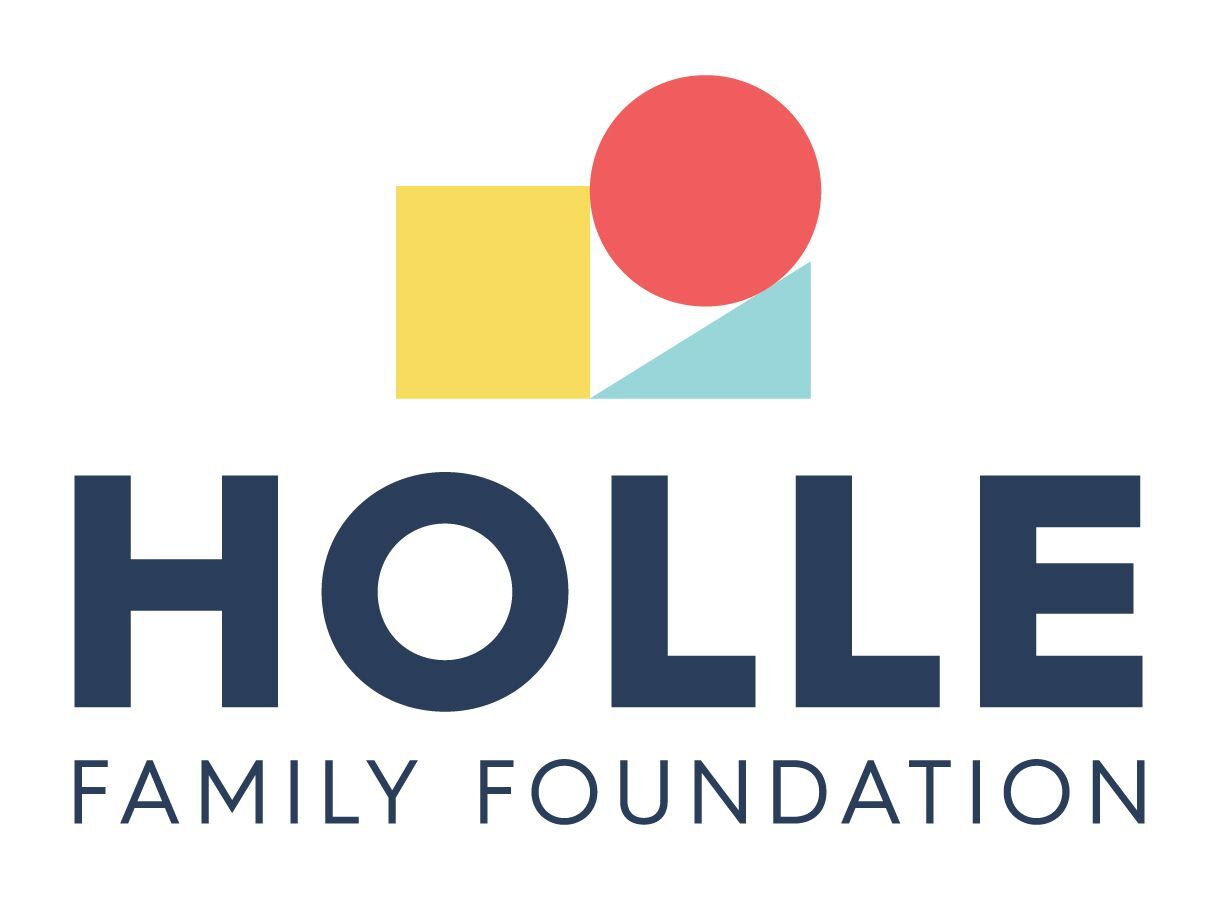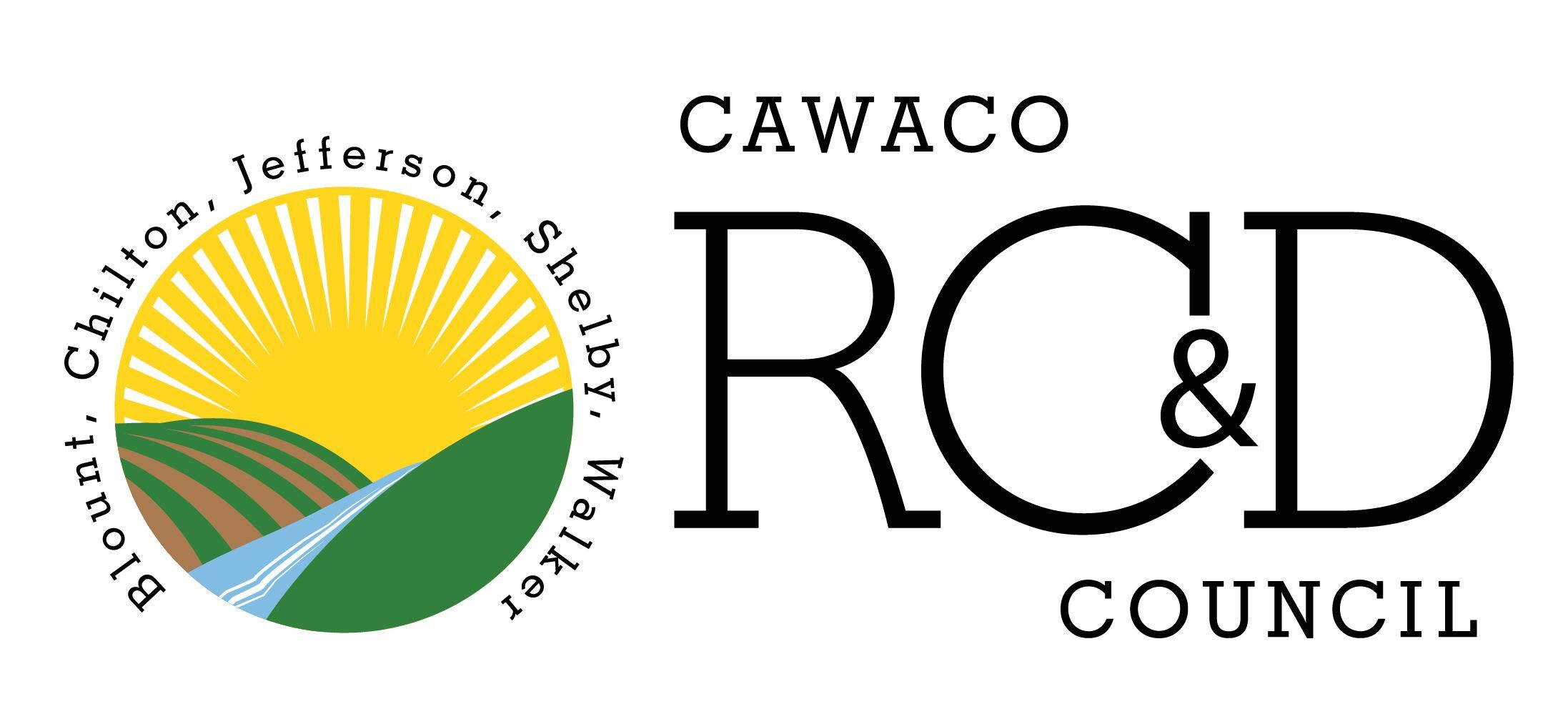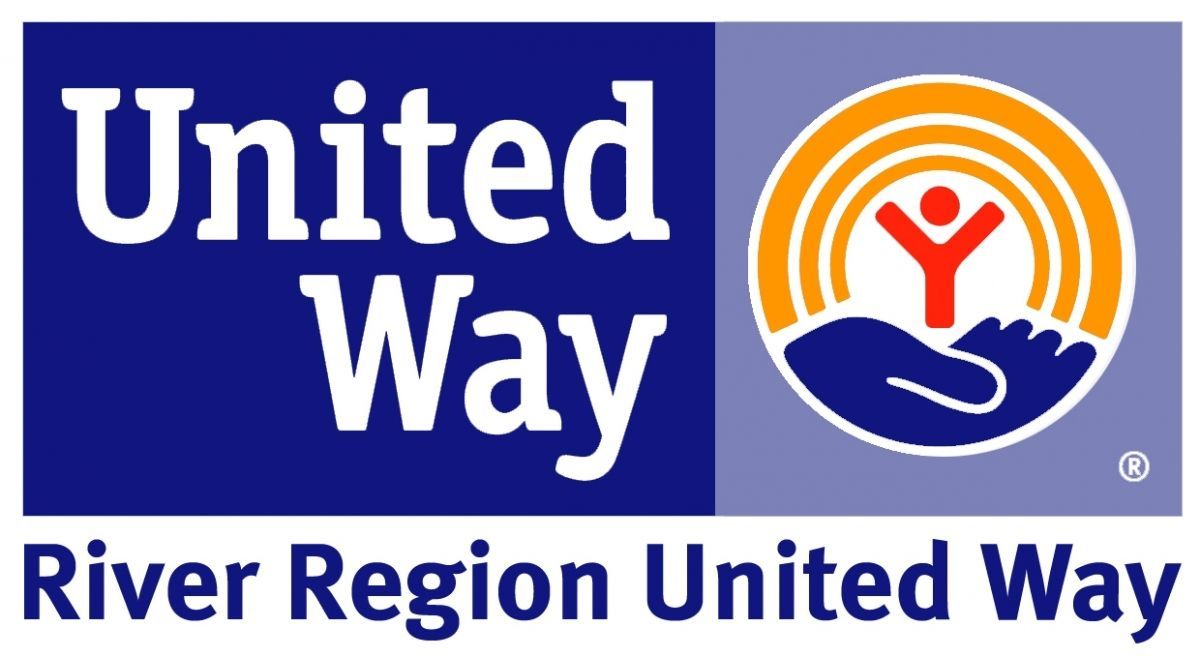
EMDR (Eye Movement Desensitization and Reprocessing), is an 8-phase therapy that can help children and adults process upsetting and traumatic events. Bi lateral eye movement coupled with guidance from a trained therapist, has been proven to significantly reduce traumatic symptoms. Trauma symptoms can include, but are not limited to sleep difficulties, increased fear, flashbacks, behavioral issues, and overall big feelings.
EMDR therapy engages both hemispheres of the brain by using tools such as audio, tapping, and back and forth rhythmic movement to bring information stored in the brain to the working memory. In EMDR we like to say, “neurons that wire together, fire together.” Once accessed by the child, the therapist and the child can begin working on reprocessing the traumatic event to desensitize the memory. In other words, they lose their emotional charge and allow the child to return to a neutral state.
Much like most technology, our brains need updating from time to time, especially after a traumatic event. Our friends at EMDRIA say, EMDR differs from other therapy types because it focuses on the brain’s ability to constantly learn, taking past experiences, and updating them with present information. EMDR believes that adaptive learning is constantly updating memory network systems and past emotionally charged experiences often interfere with your updating process. EMDR breaks through that interference and helps let go of the past and update your experiences to a healthier present perspective.
EMDR has ample benefits, especially in regard to the struggles our clients may face. EMDR has the specialty in treating reactions to trauma, such as anger, feelings of inadequacy, isolation, sleep problems, guilt, disconnectedness, nightmares, and many other trauma responses our clients tend to encounter. EMDR’s primary treatment is for Post Traumatic Stress symptoms. At Butterfly Bridge, we serve clients who endure these PTS symptoms and treatment is measured by the decrease in PTS or anxiety symptoms. The EMDR Institute shares that in some studies, up to 90% of trauma survivors did not appear to have any PTSD symptoms after just 3 sessions. This shows the importance in having EMDR as an option for treatment within the children we serve. By desensitizing and reprocessing formally triggering memories, clients are able to challenge negative frameworks in their mind to promote healing from the traumatic events they have experienced.
RESOURCES FOR PARENTS
Videos
Animation to Explain EMDR Therapy to Children: https://youtu.be/D7yKY8Hm12Y?feature=shared
What is EMDR?: https://youtu.be/kH3pG_lRQ8U
Trauma, Brain and Relationship: Helping Children Heal
Books
Brain-based parenting: the neuroscience of caregiving for healthy attachment by Daniel Hughes & Jonathan Baylin.
The Whole-Brain Child: 12 Revolutionary Strategies to Nurture Your Child’s Developing Mind, Survive Everyday Parenting Struggles, and Help Your Family Thrive by Daniel J. Siegel, M.D. and Tina Payne Bryson, Ph.D. Parenting from the Inside Out: How A Deeper Self-Understanding Can Help You Raise Children Who Thrive by Daniel J. Siegel, M.D., and Mary Hartzell, M.Ed. The connected child: Bring hope and healing to your adoptive family by Karyn Purvis, David Cross and Wendy Sunshine.
Articles
Bonding and Attachment in Maltreated Children- the child Trauma Academy
A Place for Everyone: Nurturing Each Child's Niche ?By Bruce Duncan Perry, M.D., Ph.D.


































